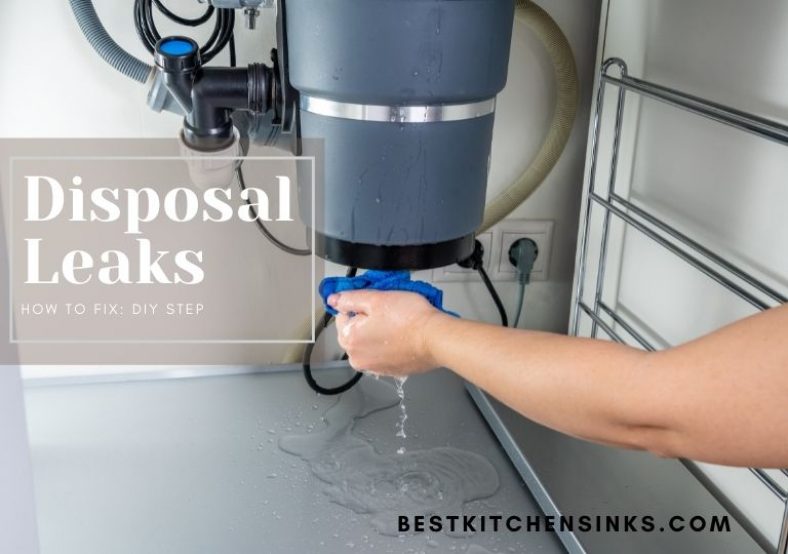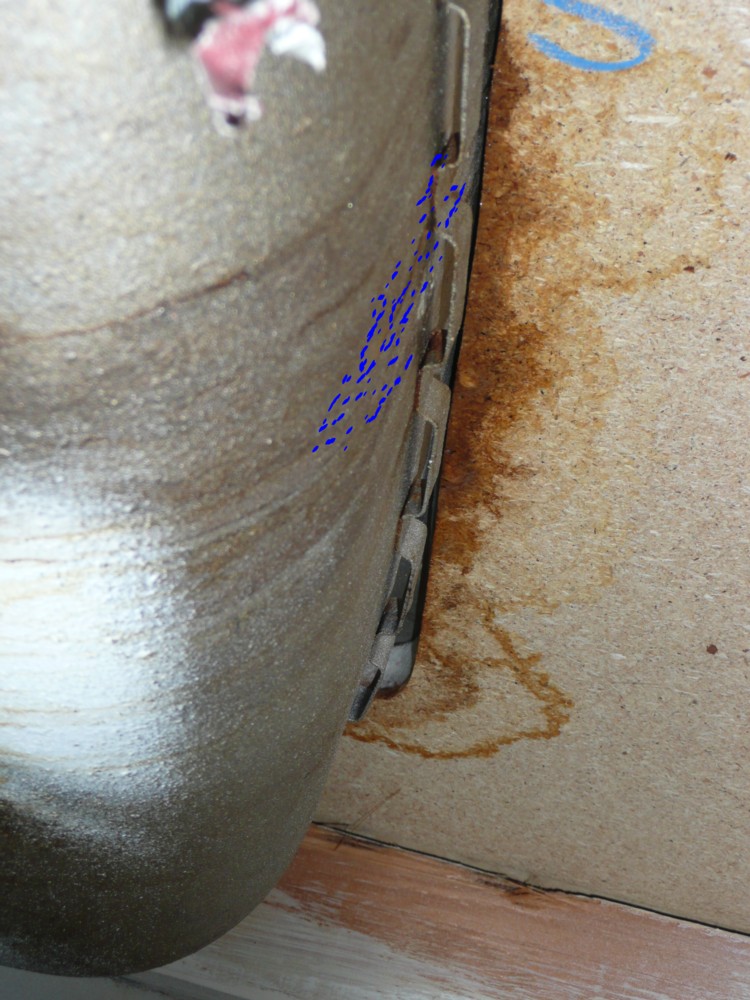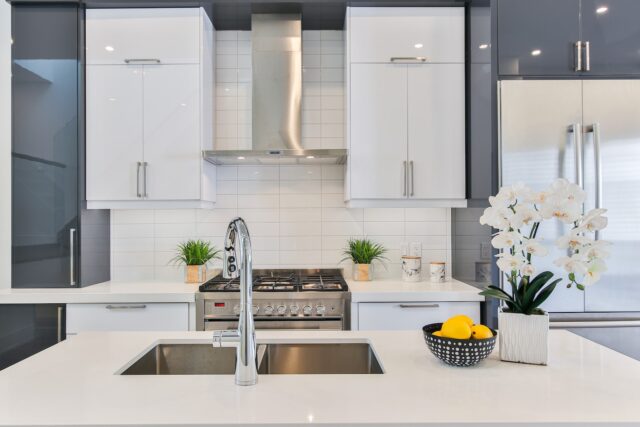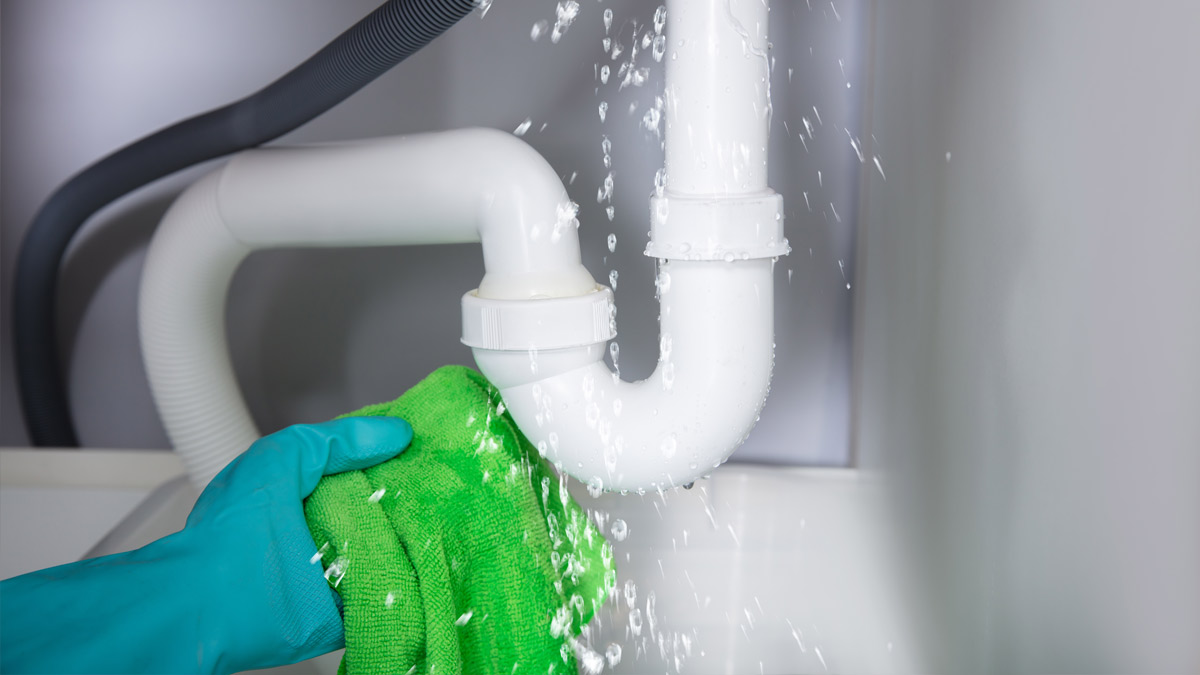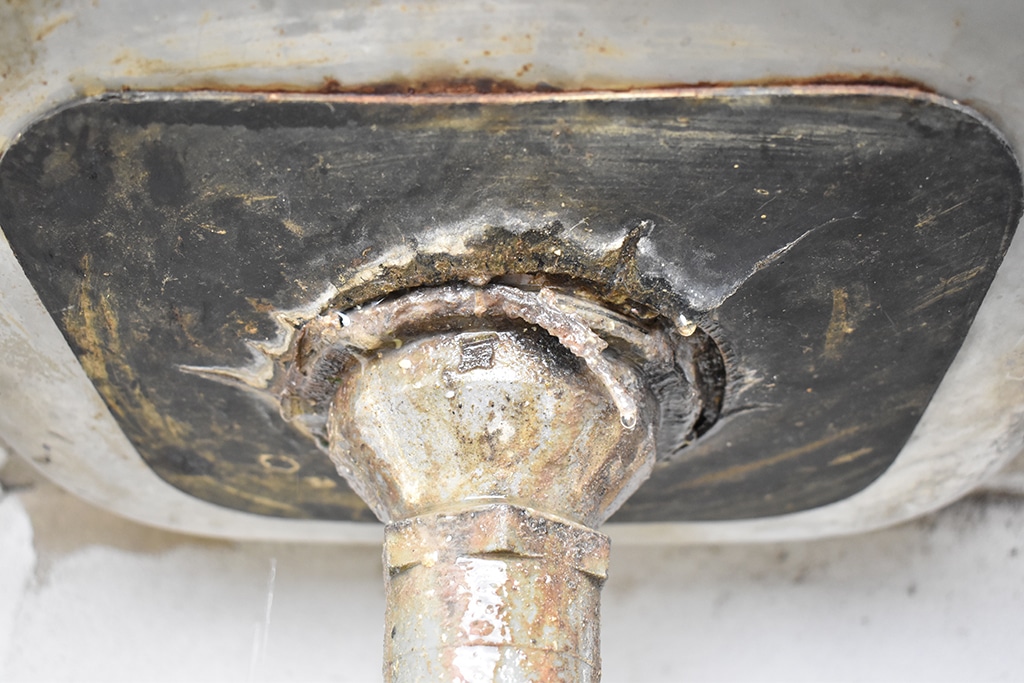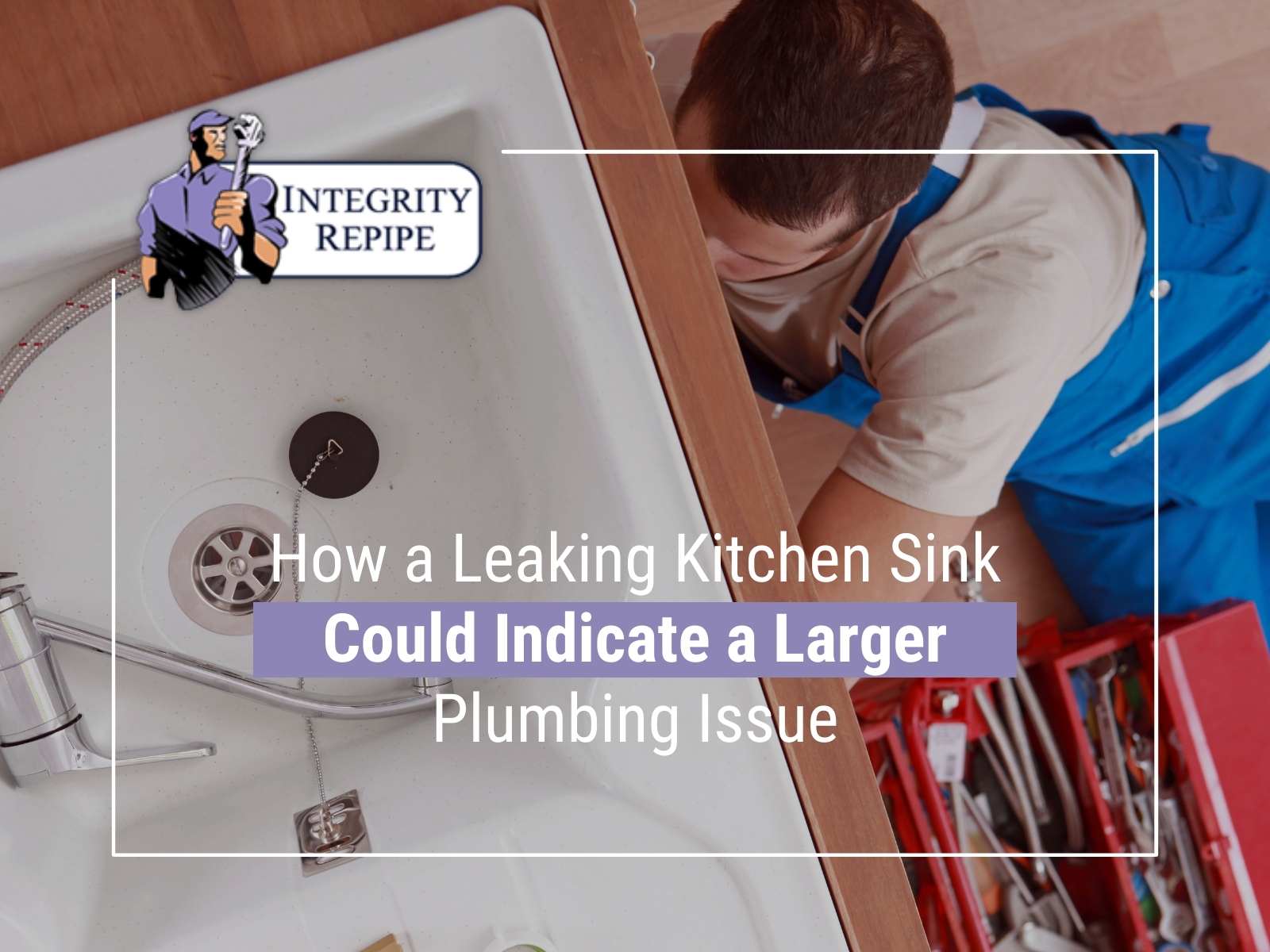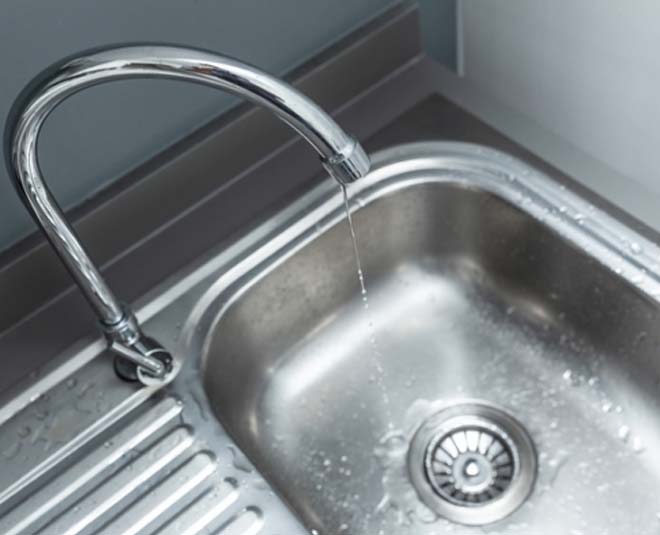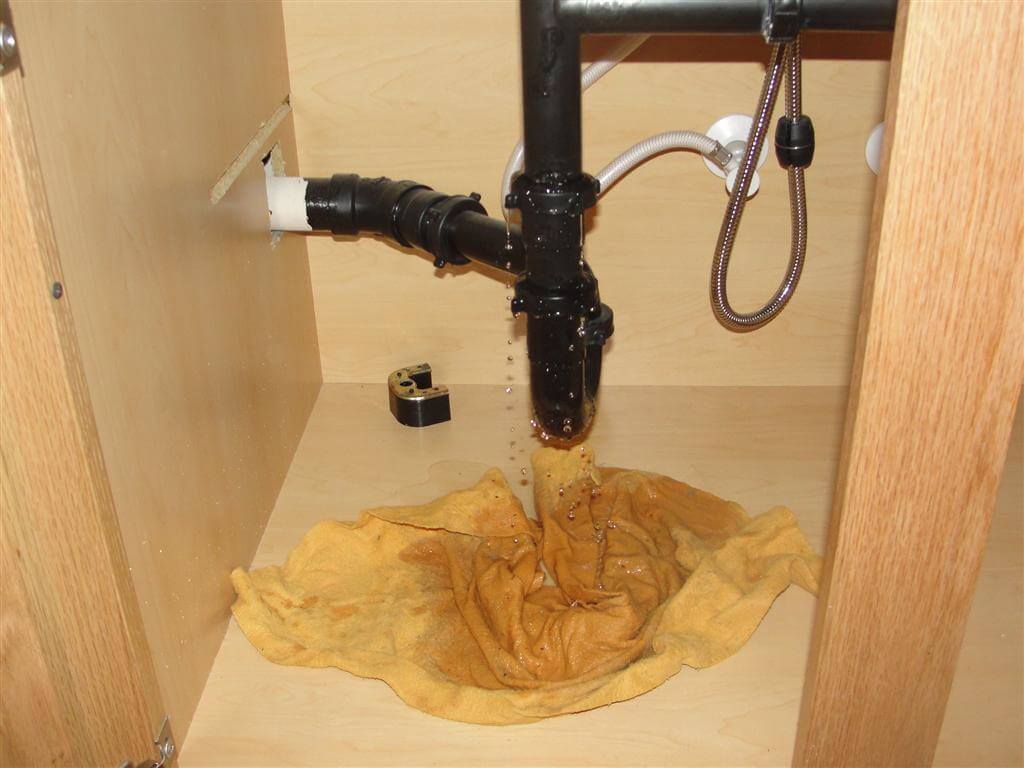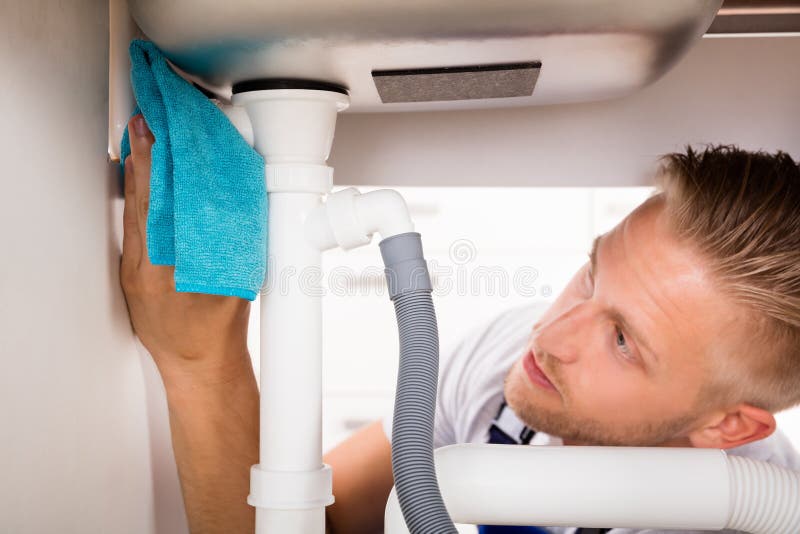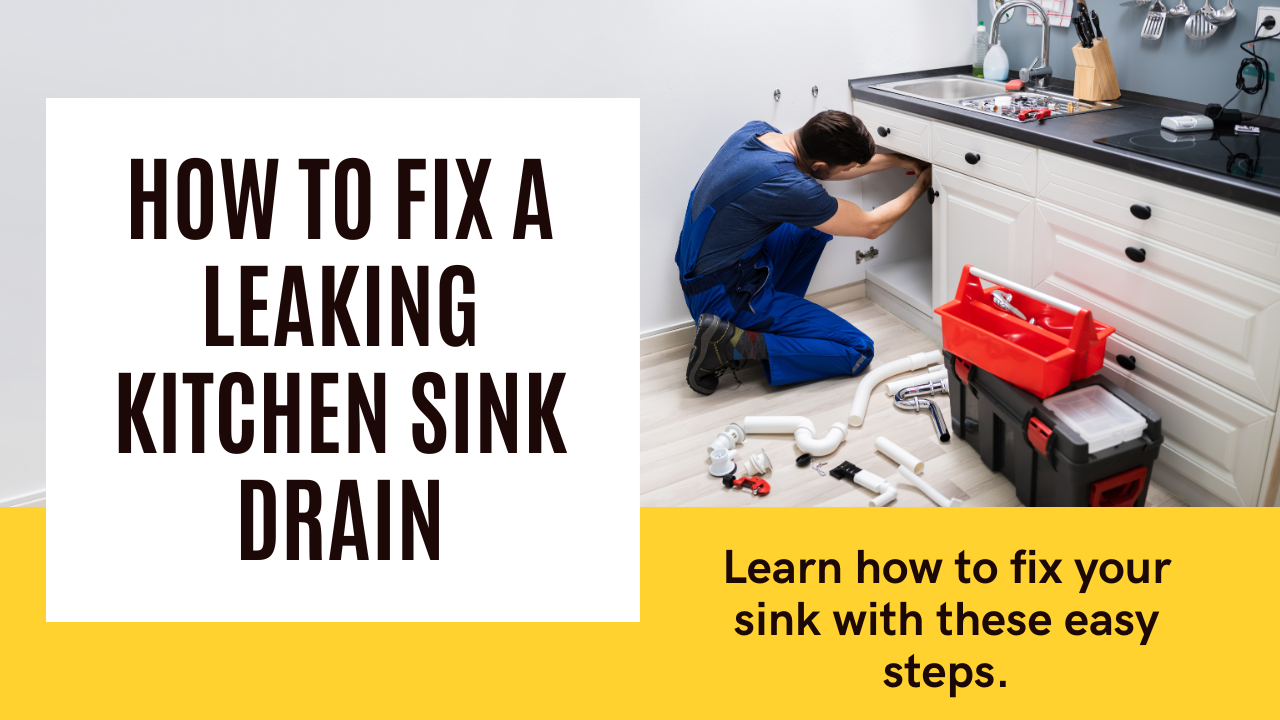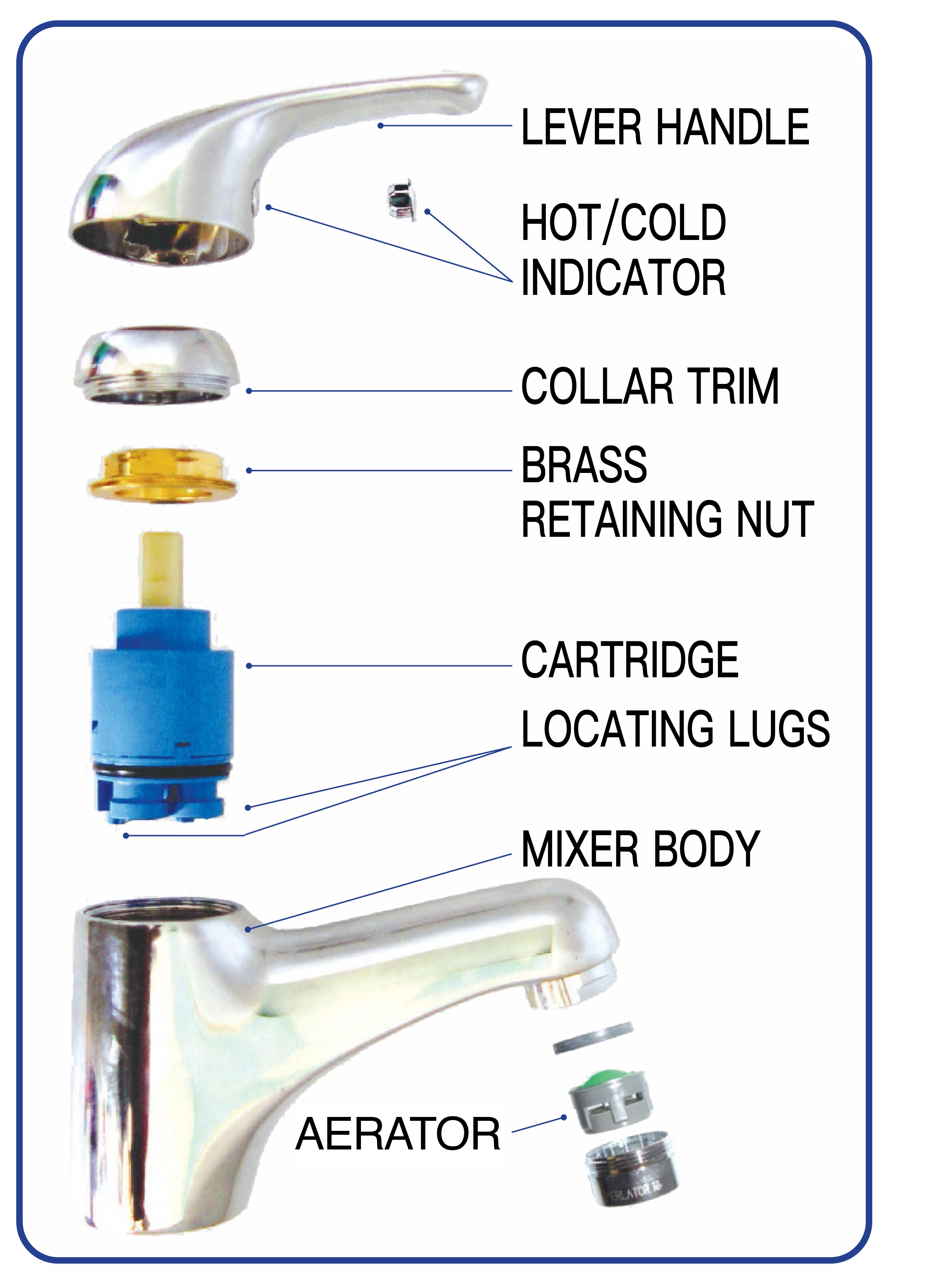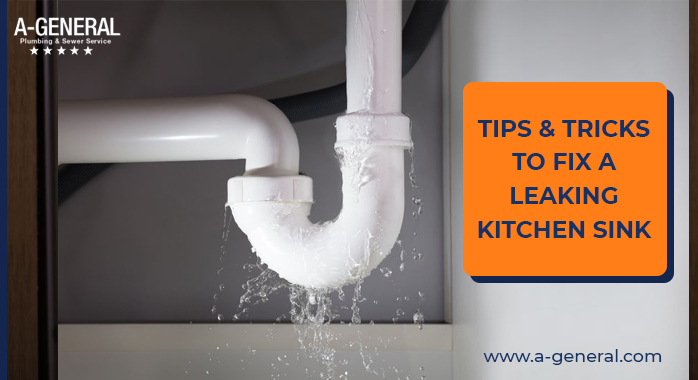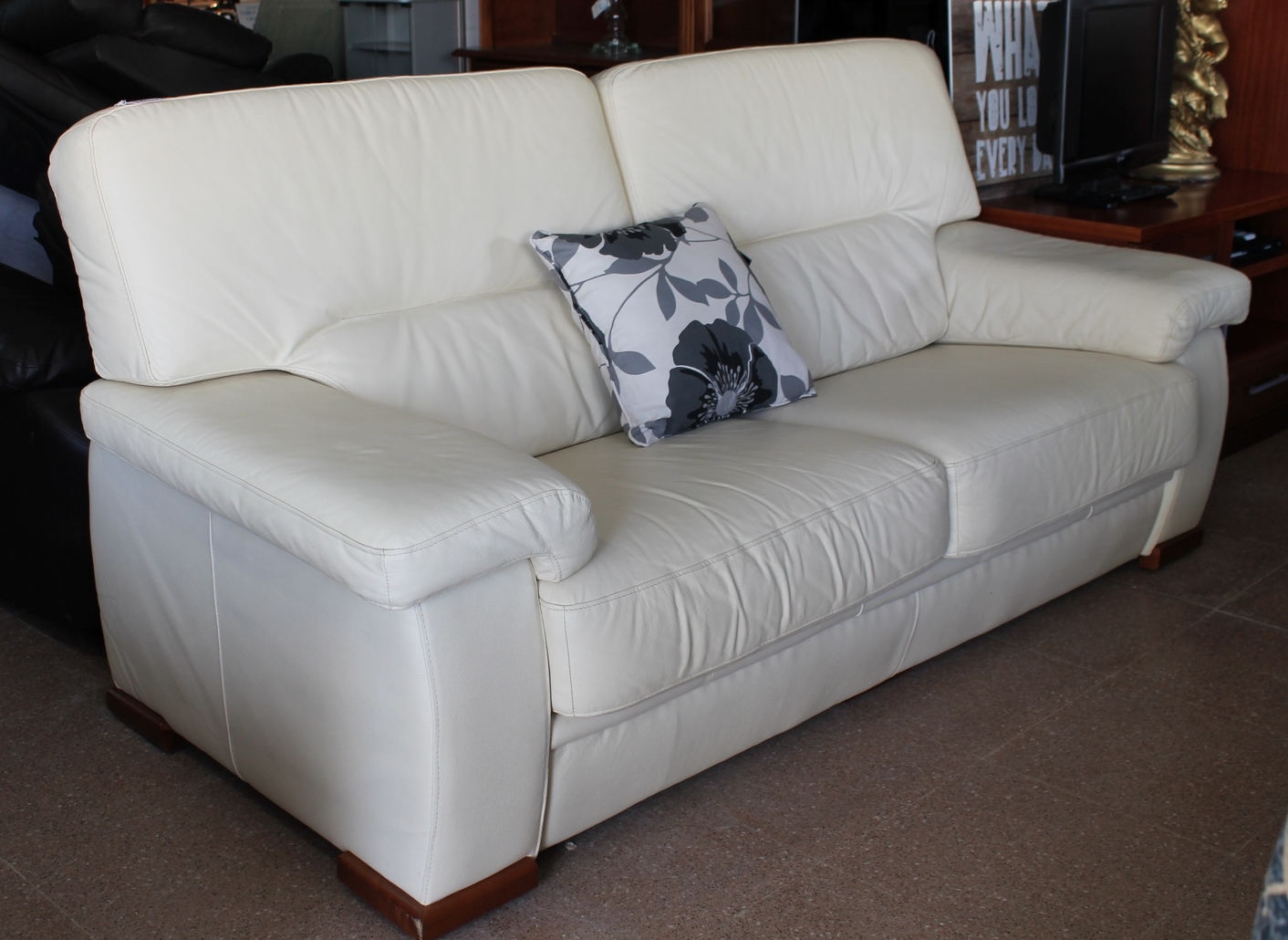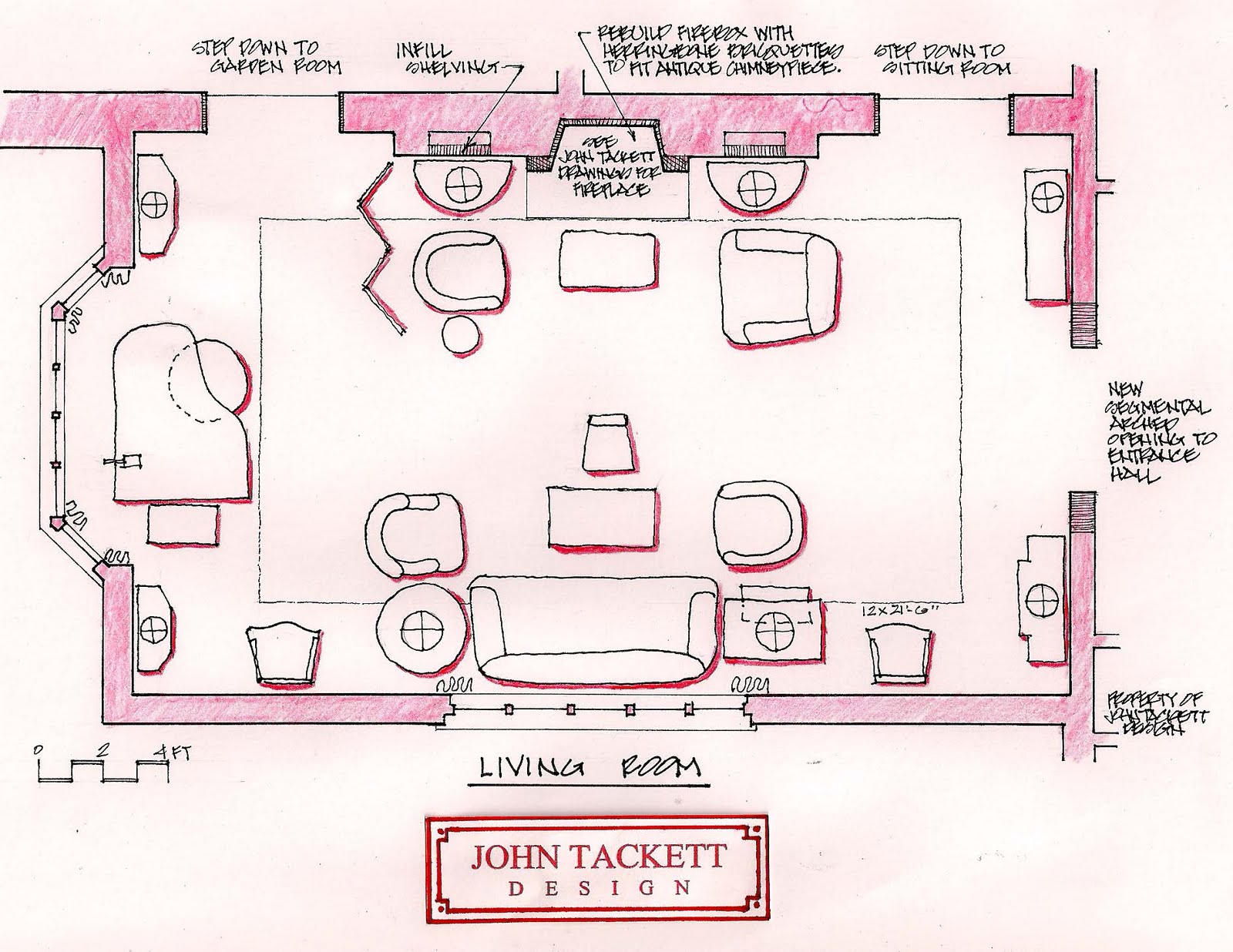If you've noticed water pooling under your kitchen sink, chances are you have a leak. This can be a frustrating and potentially costly problem, but fortunately, it can be fixed. Below are some steps you can take to fix a leaky kitchen sink below the counter. First, turn off the water supply to your sink by shutting off the valves underneath. Next, place a bucket or towel under the sink to catch any water that may drip out during the repair process. Inspect the pipes and connections under the sink for any visible signs of damage or wear. If you notice any cracks or loose connections, you may be able to fix them by tightening or replacing the affected parts. If the leak is coming from the drain, you may need to replace the drain basket or gasket. This can be done by unscrewing the old parts and replacing them with new ones. Make sure to use plumber's putty or silicone sealant to create a watertight seal. If the leak is coming from the faucet, you may need to replace the cartridge or O-ring. This will require turning off the water supply to your entire house and dismantling the faucet to access the damaged parts. It is recommended to hire a professional for this type of repair. Once you have fixed the source of the leak, turn the water supply back on and check for any remaining leaks. If the problem persists, it may be a sign of a larger issue and you should consult a plumber.1. How to Fix a Leaky Kitchen Sink Below the Counter
A leaking kitchen sink below the counter can be caused by a variety of factors. Understanding these common causes can help you prevent future leaks and address any current issues. One of the most common causes of a leaking kitchen sink below is old or worn out parts. Pipes, fittings, and seals can deteriorate over time and may need to be replaced to maintain a watertight seal. Another common cause is improper installation. If the pipes and connections under your sink were not installed correctly, they may be prone to leaks. It is important to hire a professional plumber for proper installation to avoid future issues. Damage to the pipes can also lead to leaks. This can be caused by corrosion, freezing temperatures, or physical damage. Regularly inspecting your pipes for any signs of damage can help prevent leaks. In some cases, a clogged drain or garbage disposal can cause water to back up and leak under the sink. It is important to regularly clean and maintain these areas to prevent potential leaks.2. Common Causes of a Leaking Kitchen Sink Below
If you have a leaking kitchen sink below the counter, you may be able to fix it yourself with some simple DIY solutions. These methods can be effective for minor leaks and can save you time and money. For small cracks or holes in pipes, you can use epoxy putty to seal the area. This can provide a temporary fix until you are able to replace the damaged part. If the leak is coming from a loose connection, you can use a pipe wrench to tighten the fittings. Be sure not to over-tighten, as this can cause damage to the pipes or fittings. If the leak is coming from the faucet, you may be able to fix it by replacing the cartridge or O-ring. Refer to the manufacturer's instructions for the specific steps on how to do this. Using plumber's tape on pipe threads can also help create a tighter seal and prevent leaks. This is a simple and inexpensive solution that can be used as a preventative measure as well.3. DIY Solutions for a Leaking Kitchen Sink Below
It is important to catch a leaking kitchen sink below early on to prevent any potential damage to your home. Here are some signs to look out for and how to address them. Water pooling under the sink is the most obvious sign of a leak. If you notice this, it is important to take action right away to prevent any further damage. A musty smell or mold growth under the sink can also be a sign of a leak. This is often caused by excess moisture and can be addressed by fixing the leak and drying out the area. If you notice a decrease in water pressure or slow draining, this can be a sign of a clogged or damaged pipe. You may need to clean or replace the affected area to restore proper water flow. If you see any visible signs of water damage on the cabinet or floor under your sink, this is a clear indication of a leak. In this case, it is important to address the leak right away and repair any damage that may have occurred.4. Signs of a Leaking Kitchen Sink Below and How to Address Them
While there are some DIY solutions for fixing a leaking kitchen sink below, it may be best to hire a professional plumber for more complex repairs. Here are some tips from the pros to keep in mind. Be sure to turn off the water supply before attempting any repairs. This will prevent any further leaks or damage and make the repair process easier. Use the right tools and materials for the job. This will ensure a proper and lasting fix for your leaking kitchen sink below. If you are unsure of how to fix the problem, it is better to hire a professional than to potentially cause more damage or make the issue worse. Regularly maintaining your kitchen sink and its components can help prevent leaks and extend the lifespan of your plumbing system. Consider scheduling a professional inspection and maintenance service at least once a year.5. Professional Tips for Repairing a Leaking Kitchen Sink Below
The best way to deal with a leaking kitchen sink below is to prevent it from happening in the first place. Here are some tips to help you avoid future leaks. Regularly check and maintain your sink's components. This includes the pipes, fittings, and seals. Look for any signs of wear or damage and address them promptly. Be mindful of what you put down your kitchen sink. Avoid pouring grease, oil, and other food scraps down the drain, as this can cause clogs and damage to your pipes. Consider installing a water leak detection system under your sink. This can alert you to any potential leaks and help you catch them early on. Invest in high-quality materials when installing or repairing your kitchen sink. This can help prevent future issues and save you money in the long run.6. Preventing a Kitchen Sink from Leaking Below
If you are experiencing a leaking kitchen sink below, here are some troubleshooting tips to help you identify and fix the problem. First, check for any visible signs of damage or wear on the pipes, fittings, and seals. If you find any, you may be able to fix the issue by replacing the affected parts. If the leak is coming from the drain, check to see if the drain basket or gasket needs to be replaced. If the leak is coming from the faucet, you may need to replace the cartridge or O-ring. If you are unable to identify the source of the leak, it may be best to hire a professional plumber to troubleshoot and fix the issue.7. Troubleshooting a Leaking Kitchen Sink Below
The drain is a common area for a kitchen sink to leak below. Here's how to identify and fix a leaking kitchen sink below the drain. First, check for any visible signs of water or moisture around the drain area. If you notice any, it is likely a sign of a leak. Next, remove the drain basket and inspect the gasket for any signs of damage or wear. If the gasket is cracked or worn out, it will need to be replaced. Using plumber's putty or silicone sealant, create a watertight seal between the drain basket and sink. This will prevent any leaks from occurring. Once you have replaced the gasket and reinstalled the drain basket, check for any remaining leaks. If the problem persists, consider hiring a professional for further assistance.8. How to Identify and Fix a Leaking Kitchen Sink Below the Drain
A leaking kitchen sink below the garbage disposal can be a frustrating problem to deal with. Here are some steps you can take to address the issue. First, inspect the pipes and connections under the sink. If you notice any visible signs of damage or wear, you may be able to fix the issue by tightening or replacing the affected parts. Next, check the garbage disposal for any signs of damage or leaks. If you find any cracks or holes, you will need to replace the unit. If the leak is coming from the connection between the garbage disposal and the drain, you may need to use a new gasket or tighten the fittings to create a watertight seal. If you are unsure of how to fix the problem, it is best to hire a professional plumber for assistance.9. What to Do When Your Kitchen Sink is Leaking Below the Garbage Disposal
A leaking kitchen sink below the surface may seem like a minor issue, but it is important to address it as soon as possible. Ignoring a leak can lead to further damage and potentially costly repairs. In addition to potential damage to your home, a leaking kitchen sink can also waste water and increase your water bill. By fixing the leak, you can save money and conserve water. Ignoring a leak can also lead to the growth of mold and mildew, which can be harmful to your health. By fixing the leak, you can create a cleaner and healthier environment in your kitchen. Overall, fixing a leaking kitchen sink below the surface is important for the safety and functionality of your home. By following the steps outlined in this article, you can effectively address and prevent leaks in your kitchen sink. Remember to regularly maintain your sink and its components to avoid future issues and consult a professional if you are unsure of how to fix the problem yourself.10. The Importance of Fixing a Leaking Kitchen Sink Below the Surface
The Importance of Addressing a Kitchen Sink Leak Below

The Role of a Kitchen Sink in House Design
 When it comes to designing a house, the kitchen is often referred to as the heart of the home. It is a space where meals are prepared, family conversations are had, and memories are made. A vital element of any kitchen is the sink. It is where dishes are washed, food is rinsed, and hands are cleaned. A leaking sink can quickly become a nuisance and disrupt the functionality and aesthetics of the kitchen.
When it comes to designing a house, the kitchen is often referred to as the heart of the home. It is a space where meals are prepared, family conversations are had, and memories are made. A vital element of any kitchen is the sink. It is where dishes are washed, food is rinsed, and hands are cleaned. A leaking sink can quickly become a nuisance and disrupt the functionality and aesthetics of the kitchen.
The Dangers of Ignoring a Kitchen Sink Leak Below
 A kitchen sink leak below can go unnoticed for some time, as it is not in direct view. However, ignoring this issue can lead to serious consequences. The constant dripping of water can cause damage to the floor, cabinets, and even the foundation of the house. It can also create a breeding ground for mold and mildew, which can be harmful to the health of the household. Additionally, a leak can lead to an increase in water bills and waste a precious resource.
A kitchen sink leak below can go unnoticed for some time, as it is not in direct view. However, ignoring this issue can lead to serious consequences. The constant dripping of water can cause damage to the floor, cabinets, and even the foundation of the house. It can also create a breeding ground for mold and mildew, which can be harmful to the health of the household. Additionally, a leak can lead to an increase in water bills and waste a precious resource.
The Solution to a Kitchen Sink Leak Below
 The first step to addressing a kitchen sink leak below is to identify the source of the problem. It could be due to a loose connection, a worn-out seal, or a damaged pipe. It is important to
act quickly
and
seek professional help
to avoid further damage and expenses. A plumber can assess the situation and provide the best course of action. In some cases, a simple repair may be enough, while in others, a replacement may be necessary.
The first step to addressing a kitchen sink leak below is to identify the source of the problem. It could be due to a loose connection, a worn-out seal, or a damaged pipe. It is important to
act quickly
and
seek professional help
to avoid further damage and expenses. A plumber can assess the situation and provide the best course of action. In some cases, a simple repair may be enough, while in others, a replacement may be necessary.
Preventing Future Leaks
 Prevention is always better than cure, and this applies to kitchen sink leaks as well. Regular maintenance and inspections can help identify any potential issues before they become major problems. It is also important to
invest in quality materials
when installing a new sink or repairing a leak. This will ensure durability and longevity, saving you from costly repairs in the future.
In conclusion, a kitchen sink leak below is not a minor issue that can be ignored. It can lead to various problems and expenses if not addressed promptly. As the heart of the home, the kitchen deserves proper care and maintenance to ensure its functionality and aesthetics. Remember to
act quickly
,
seek professional help
, and
invest in quality materials
to prevent and address any kitchen sink leaks below.
Prevention is always better than cure, and this applies to kitchen sink leaks as well. Regular maintenance and inspections can help identify any potential issues before they become major problems. It is also important to
invest in quality materials
when installing a new sink or repairing a leak. This will ensure durability and longevity, saving you from costly repairs in the future.
In conclusion, a kitchen sink leak below is not a minor issue that can be ignored. It can lead to various problems and expenses if not addressed promptly. As the heart of the home, the kitchen deserves proper care and maintenance to ensure its functionality and aesthetics. Remember to
act quickly
,
seek professional help
, and
invest in quality materials
to prevent and address any kitchen sink leaks below.









